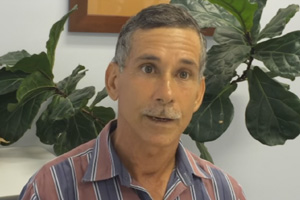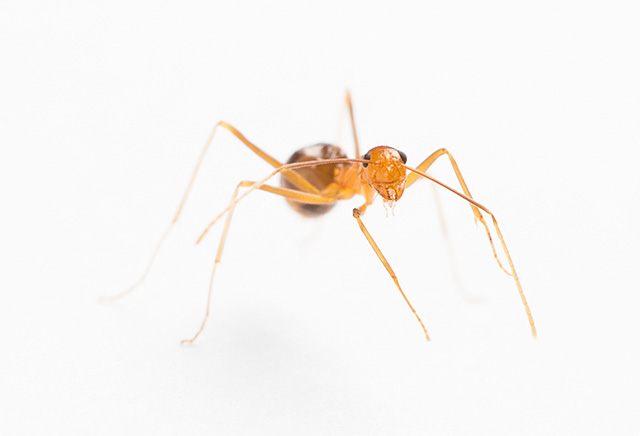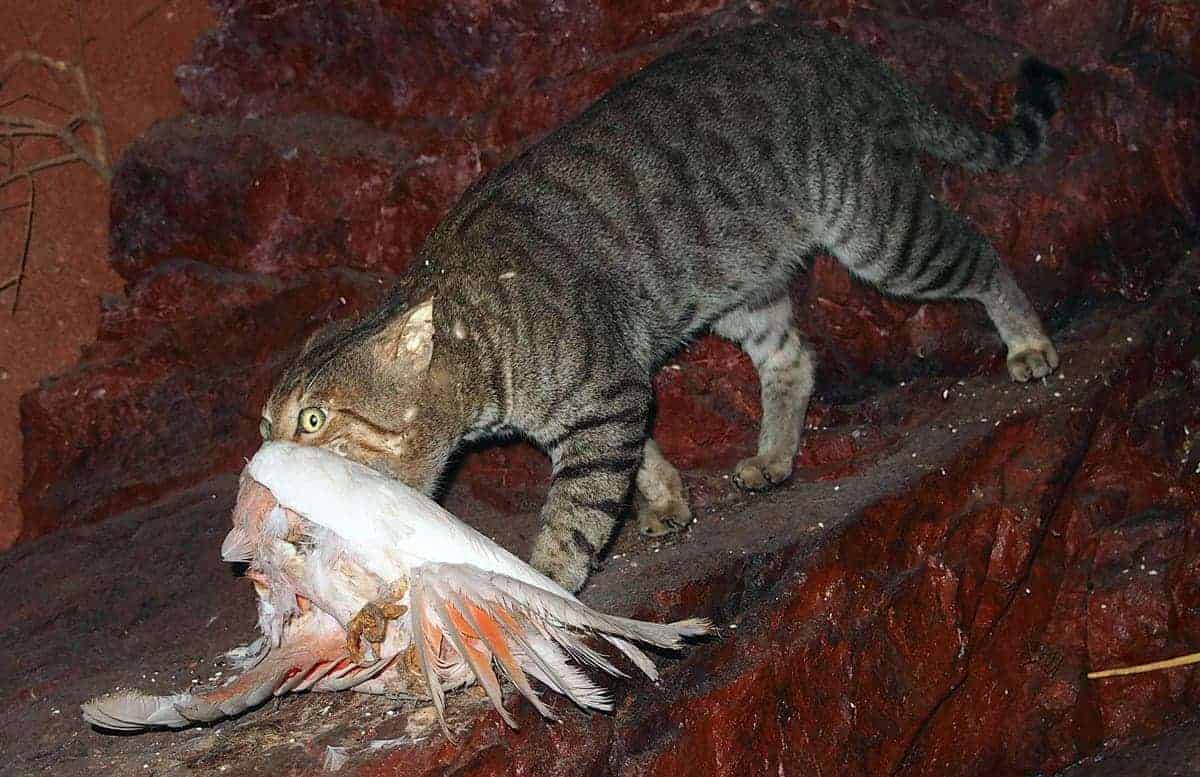The Invasive Species Council welcomes today’s announcement from the LNP to boost yellow crazy ant eradication efforts in Far North Queensland but warns more is needed to prevent these super pests from wreaking irreversible havoc on Queensland’s natural treasures.
‘The LNP’s pledge of $6 million towards yellow crazy ant eradication in Cairns is a good start. All state political parties in this election must commit to long-term funding,’ Invasive Species Council Advocacy Manager, Reece Pianta said.
‘Federal funding will also be needed to match state commitments to achieve full eradication of yellow crazy ants.
‘These invasive ants turn the rainforest silent, destroy crops and disrupt communities. We need our politicians united to protect our precious world heritage rainforest.
‘Yellow crazy ants form dense supercolonies, overwhelming and killing native animals by spraying acid forcing birds, lizards, frogs and insects to abandon their habitat.
‘Eradication efforts in the Wet Tropics, led by the Wet Tropics Management Authority, have already cleared hundreds of hectares of infestation with 1000 further hectares under post-eradication surveillance. We know it is possible, but the work is far from over.
‘A long-term commitment of $3 million per year over 10 years from both the state and federal governments is essential to finish the job and ensure we can eradicate yellow crazy ants once and for all.
‘If yellow crazy ants are allowed to spread, the damage will far outweigh the cost of eradication.’
The Invasive Species Council is calling for all state parties to:
- Commit from 2026 to $3 million per year over ten years for ongoing funding for the Cairns Yellow Crazy Ant Eradication Project.
- Commit $925,000 over five years to the ongoing Whitsundays Regional Council Yellow Crazy Ant Eradication Project.
- Provide $2 million grant funding over four years for local government invasive ant responses like those in Brisbane City and Whitsundays Regional Councils.
Media inquiries: (02) 8006 5004
Images of yellow crazy ant photos here.
Background:
- YCA (Anoplolepis gracilipes) has been listed by the International Union for the Conservation of Nature as one of the world’s worst invasive species. It was identified in the national tramp ant threat abatement plan as one of six species of national priority. YCA are listed as restricted under category 3 of the Queensland Biosecurity Act 2014 and therefore must not be given away, sold, or released into the environment without a permit. Under the act’s ‘general biosecurity obligation’, everyone must take all reasonable and practical steps to minimise the risk from this ant.
- Yellow crazy ants are known to harm lizards, frogs, small mammals and turtle hatchlings. They are a highly invasive ant whose dense supercolonies dominate landscapes ecologically, displacing other insects and preying on small vertebrates as well.
- They are a highly aggressive species, and have made their way into Australia through our ports. After first arriving on Christmas island sometime before 1934, yellow crazy ants have since been recorded in Queensland, the Northern Territory and NSW. They now threaten areas like Queensland’s Wet Tropics World Heritage Area, the oldest continuously surviving tropical rainforests on the planet.
- Yellow crazy ants do not bite. Instead, they spray formic acid to blind and kill their prey. And although they’re tiny, they can swarm in great numbers, killing much larger animals like lizards, frogs, small mammals, turtle hatchlings and bird chicks and reshaping entire ecosystems.
- Overseas, in places like the Johnston Atoll National Wildlife Refuge in the middle of the Pacific Ocean, yellow crazy ants have killed and deformed large numbers of chicks in seabird colonies by constantly spraying them with acid.
- In 2022, funding commitments we won at the federal election were delivered in the national budget, this included $25m for Queensland’s yellow crazy ant eradication programs.
- Biosecurity Queensland continues to engage in surveillance and monitoring of YCA though it no longer considers full eradication possible in Queensland (Department of Agriculture and Fisheries, 2018). However, an ongoing localised eradication is underway in Cairns that has demonstrated considerable progress. A 2018 cost-benefit analysis of the Cairns eradication program found that the annual socioeconomic impact to the region of yellow crazy ants would exceed $700 million over the next seven years.
- YCA eradications can be successful if locally focussed and prioritised to areas where a risk profile exists for industry, people or environment. This can be an effective way to limit their damage locally and preventing YCA from spreading to other parts of Queensland.









